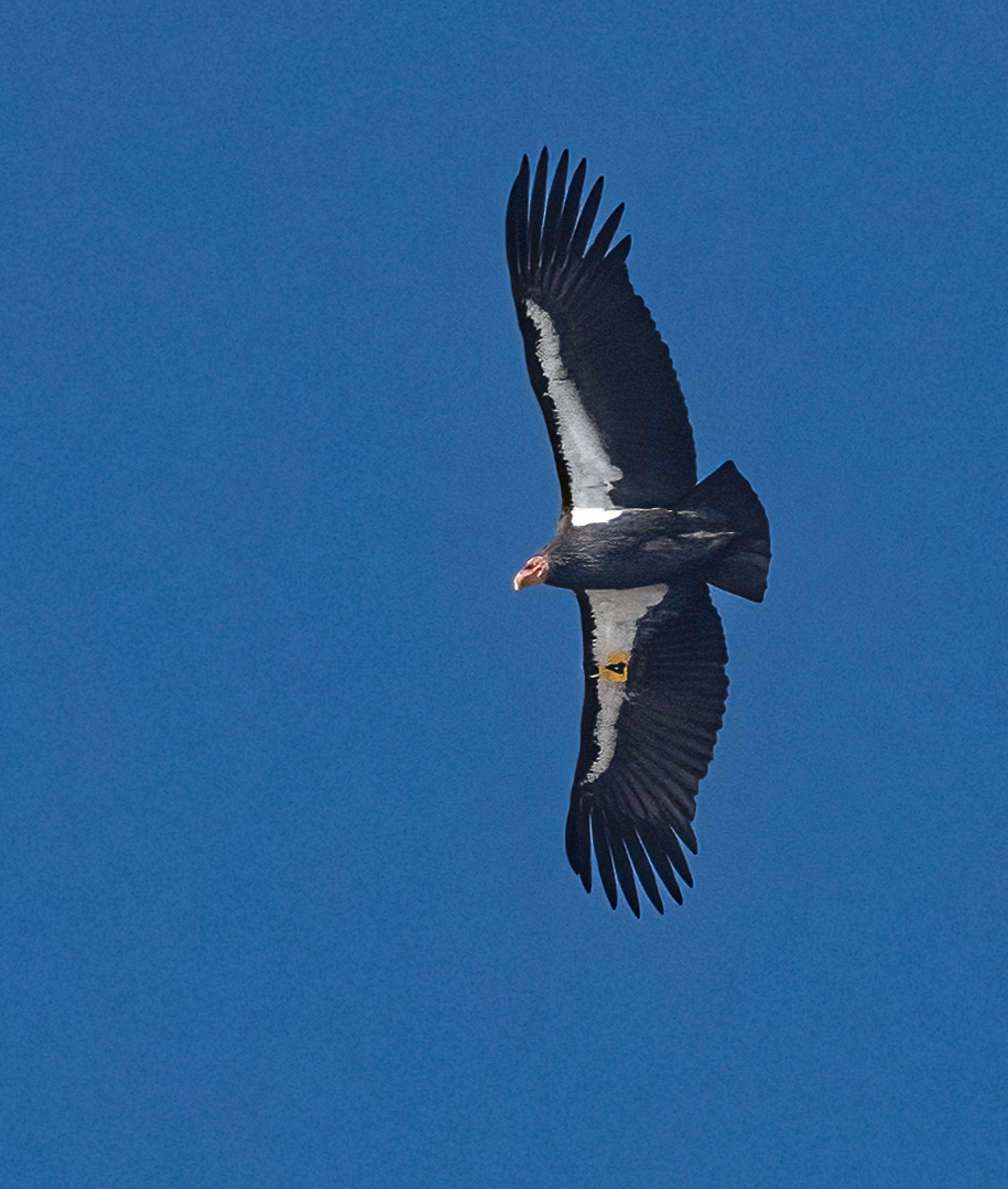
In an effort to stay focused on the positive, welcome to the first in a series of articles dedicated to birds who have come back from the edge of extinction. Kicking things off, who better than one of the largest flying birds in the world, the California Condor. Revered by many as a symbol of wide and wild open spaces, these birds are said to represent the eternal cycle of life and death. But not all that long ago, they were facing their own eternal demise.
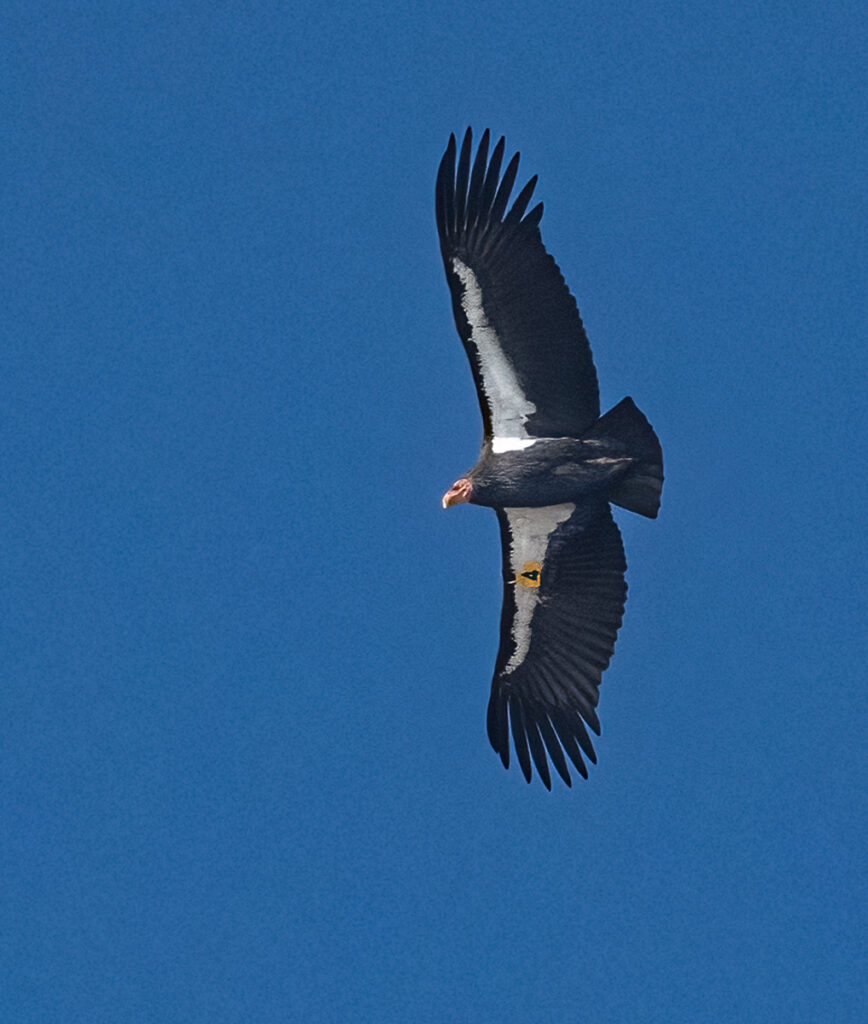
California condors are a member of the Cathartidae family, better known to the world as vultures. Just like the equally admirable turkey vulture, condors ride the thermals in the sky, making long looping circles to best determine the scent of any decaying organic matter. While not particularly wholesome to us, the ecosystem services that condors and other vultures provide by consuming carcasses are to be celebrated, as the alternative would be even harder to stomach.
In the late 20th century, California condors had been so bombarded by a multitude of challenges that they were pushed to the brink of extinction. By the early 1980s, there were, staggeringly, only 27 individuals left in the wild. This shocking realization spurred one of the most admirably coordinated conservation efforts the world has seen.
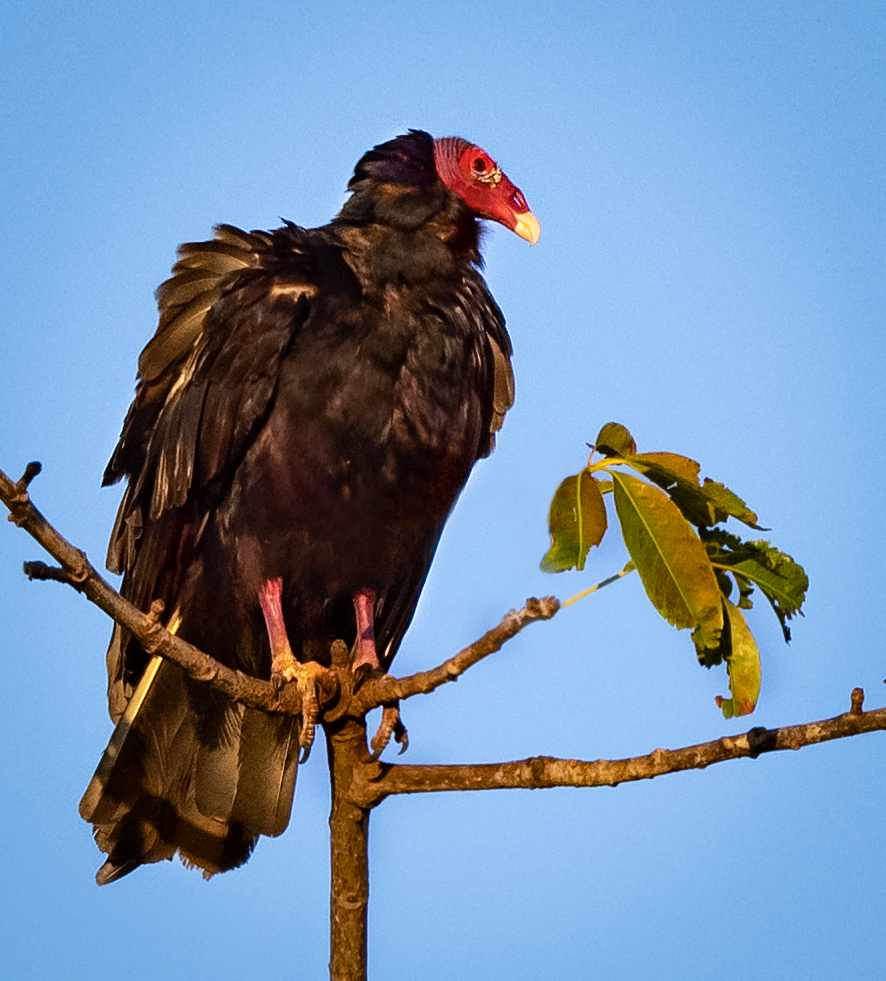
In response to the all-too-real threat of losing one of the world’s most cherished and iconic species, the California Condor Recovery Program was established in 1987. This international, multi-agency program brushed aside borders, recognizing the need for a common goal across state, federal, non-governmental, and tribal partners. The key to the program’s success lay in its dedication to combining captive breeding schemes with habitat restoration, all followed up by meticulous monitoring.
First, every wild individual had to be captured, making the condor officially extinct in the wild. Any eggs located were also taken away, and these chicks were then raised in specialized facilities. As these young condors matured, a strategic release program into protected areas was implemented in 1992, returning the older birds as well as the younger ones into their natural habitats. Providing supplemental food, conducting annual health checks, monitoring nesting activity, and so on, field teams on the ground have an excellent overview of how the population is doing, At last count, there are now over 300 California condors in the wild. While this doesn’t sound much, compared to what could have been, it is the best anyone could have hoped for.
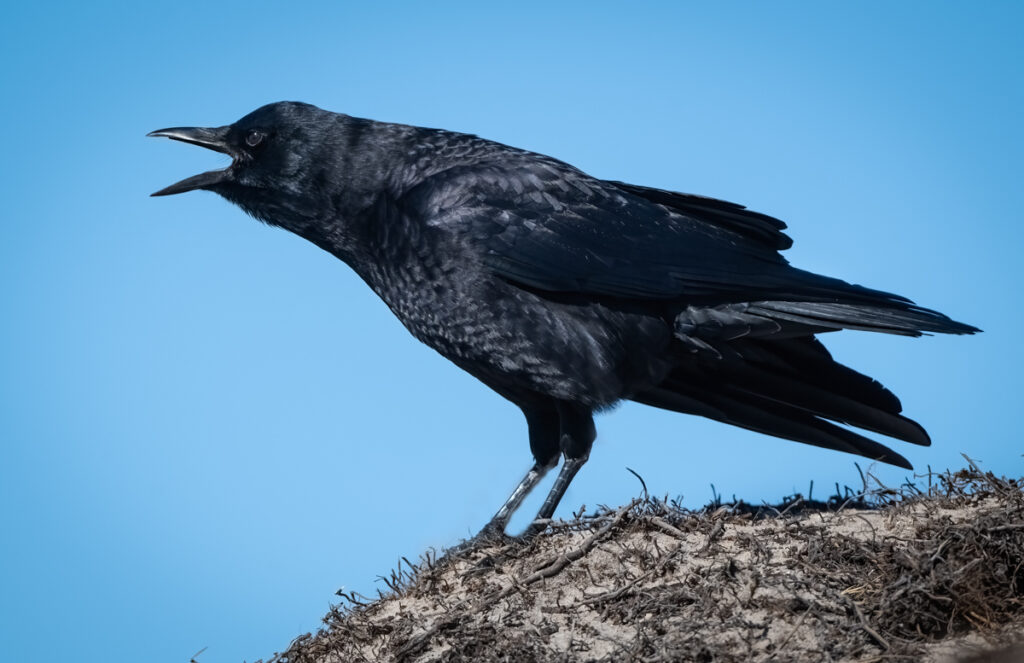
Like thousands of species of birds, condors are feeling the pressure on their territories as habitat destruction takes its toll, and this is something that the Recovery Program continues to address through funding, corporate education programs, and lobbying lawmakers. However, one positive came in the form of identifying a major disastrous threat that lies hidden in the meat these birds eat – lead poisoning from spent ammunition, which has also caused devastation to local populations of American crows, Bald eagles, and numerous other scavenging and opportunist generalist feeders.
This discovery prompted a ban on lead ammunition in the California’s condor range in 2008, and while this crucial measure was an excellent start, ongoing efforts to inform hunters about the risks associated with lead ammunition are vital to support this ban.
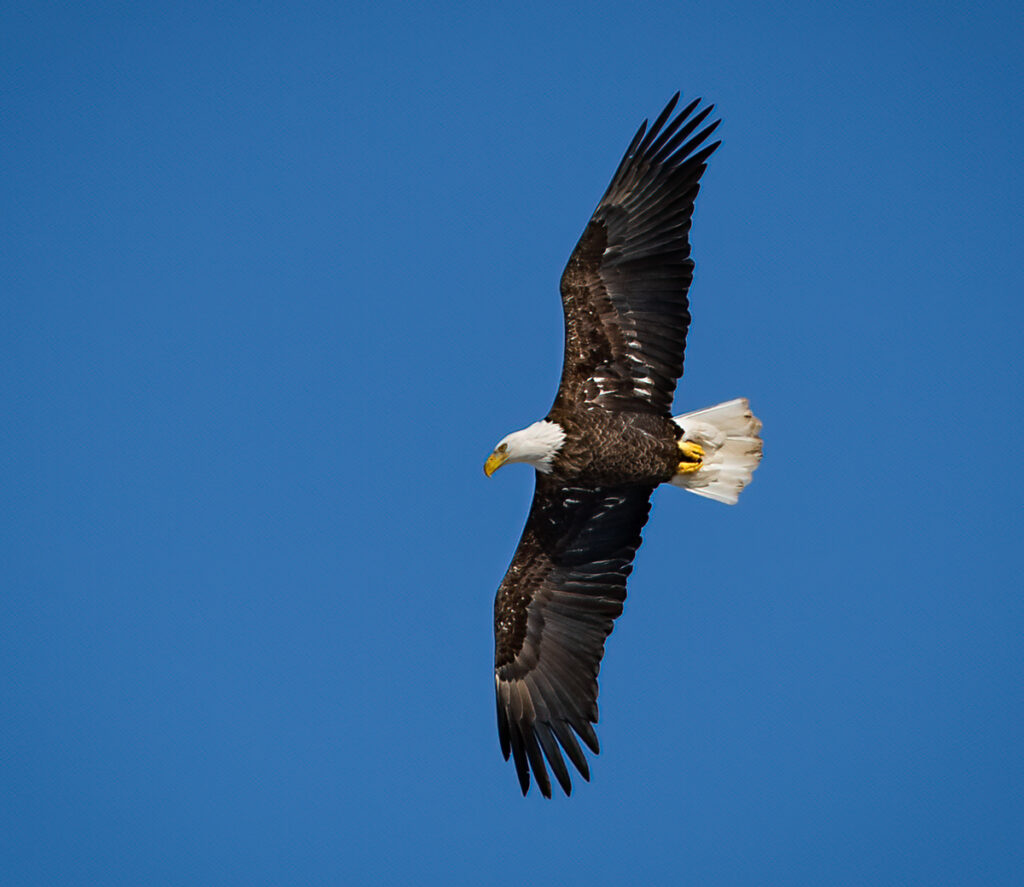
You too can contribute to keeping the California condor safe by supporting organizations involved in their protection, volunteering for habitat restoration projects, and advocating for policies that promote the use of non-lead ammunition. Responsible outdoor activities, such as proper disposal of trash to prevent accidental ingestion also play a role in safeguarding these magnificent birds. You can also help by reporting any condor sightings – more info on how to do that is available on the National Parks service page here. In the photograph above, you can see the condor Owen was lucky enough to spot in Big Sur back in 2021 displays a bright yellow tag with the black number 4 on its wing. With this information, you can visit condorspotter.com and learn more about each bird. At the time of writing, this adult male condor is almost 25 years old, having hatched back in 1998. He has been named Amigo, and not only can you see who his parents were, but also how many birds he has helped bring into the world, and the extent of his family network. Data like this is invaluable, so if you do see any birds displaying a tag, just note the number and the color of the tag, and let the project know who you saw enjoying their lives out there.


